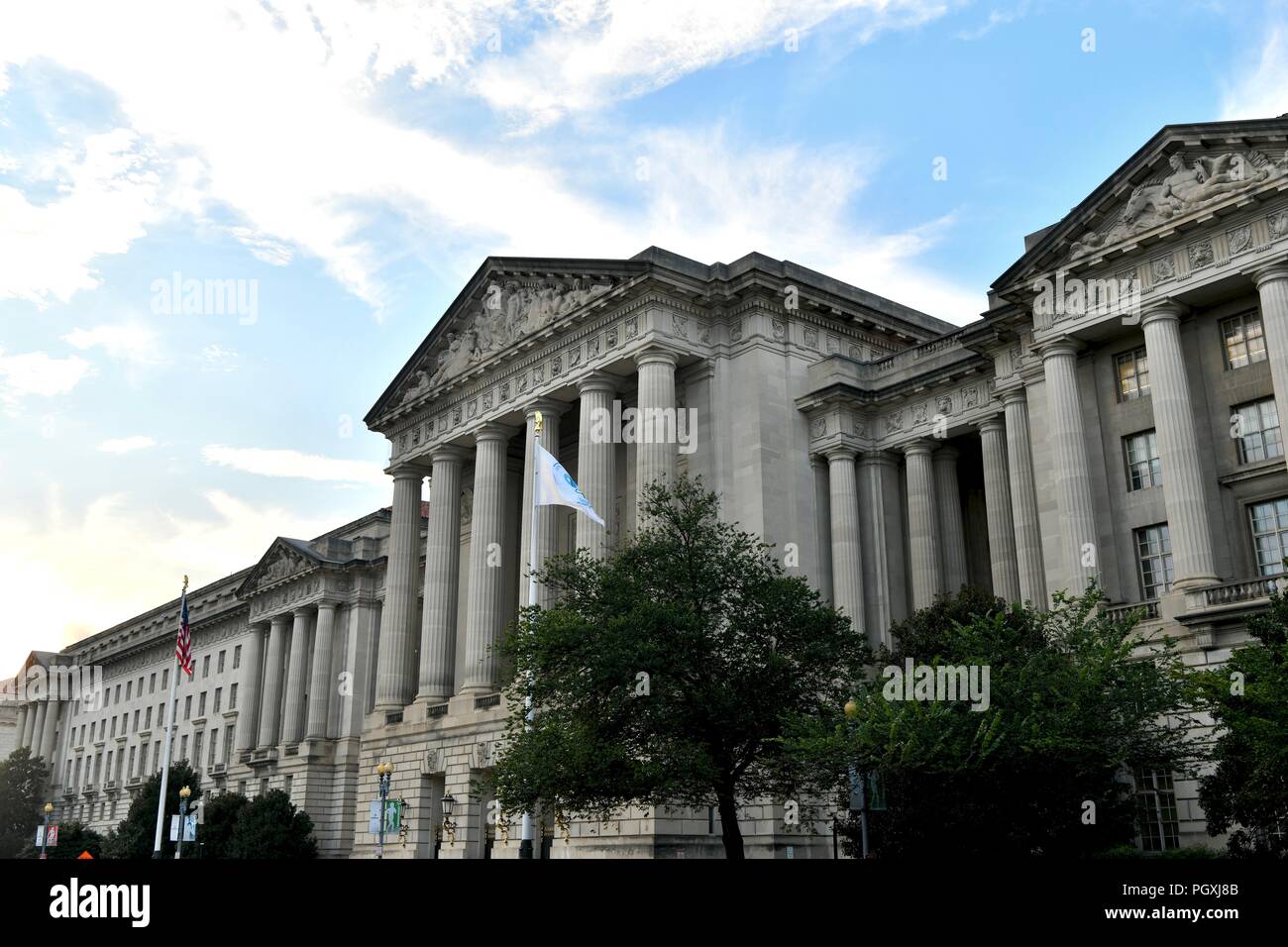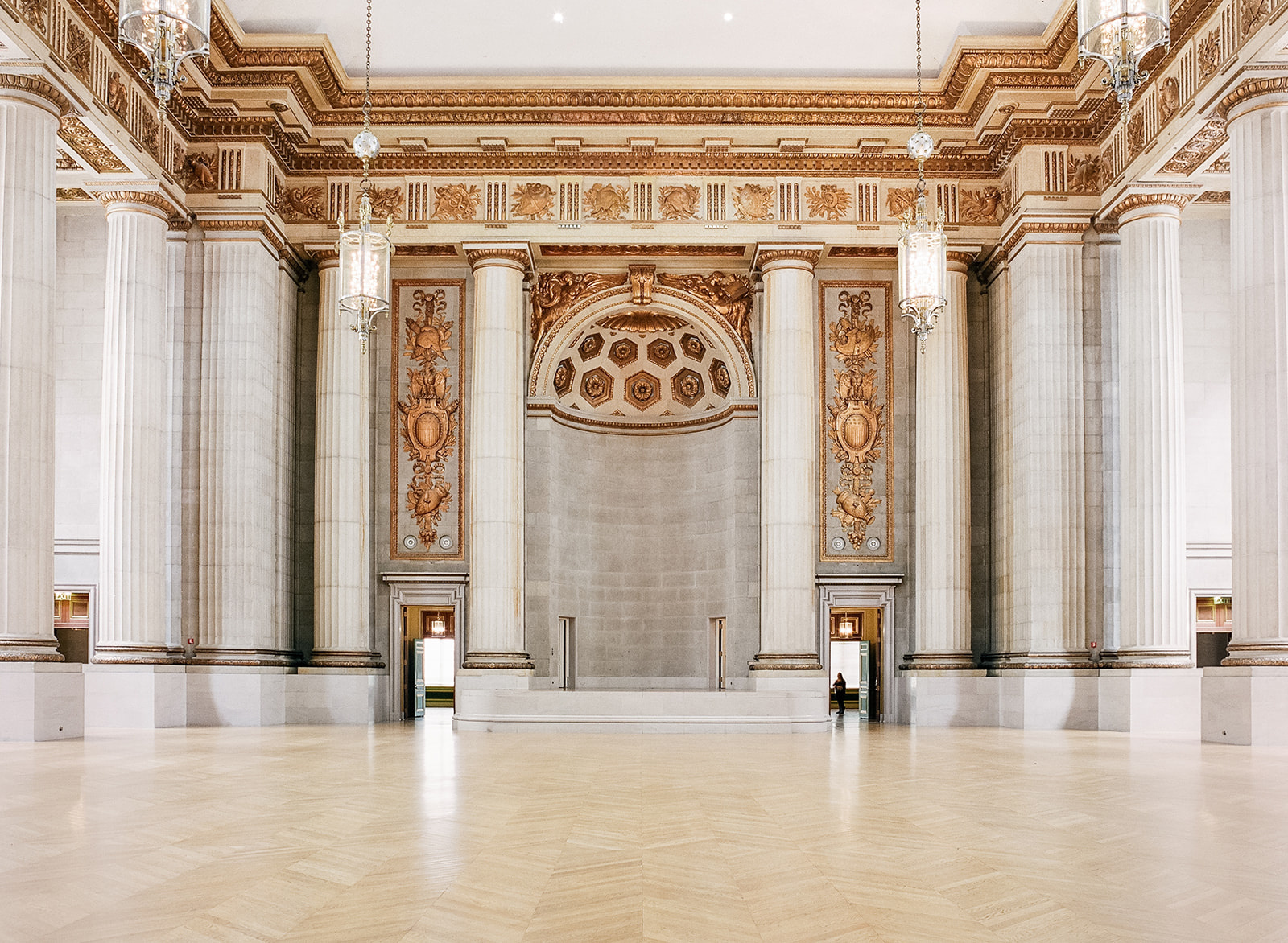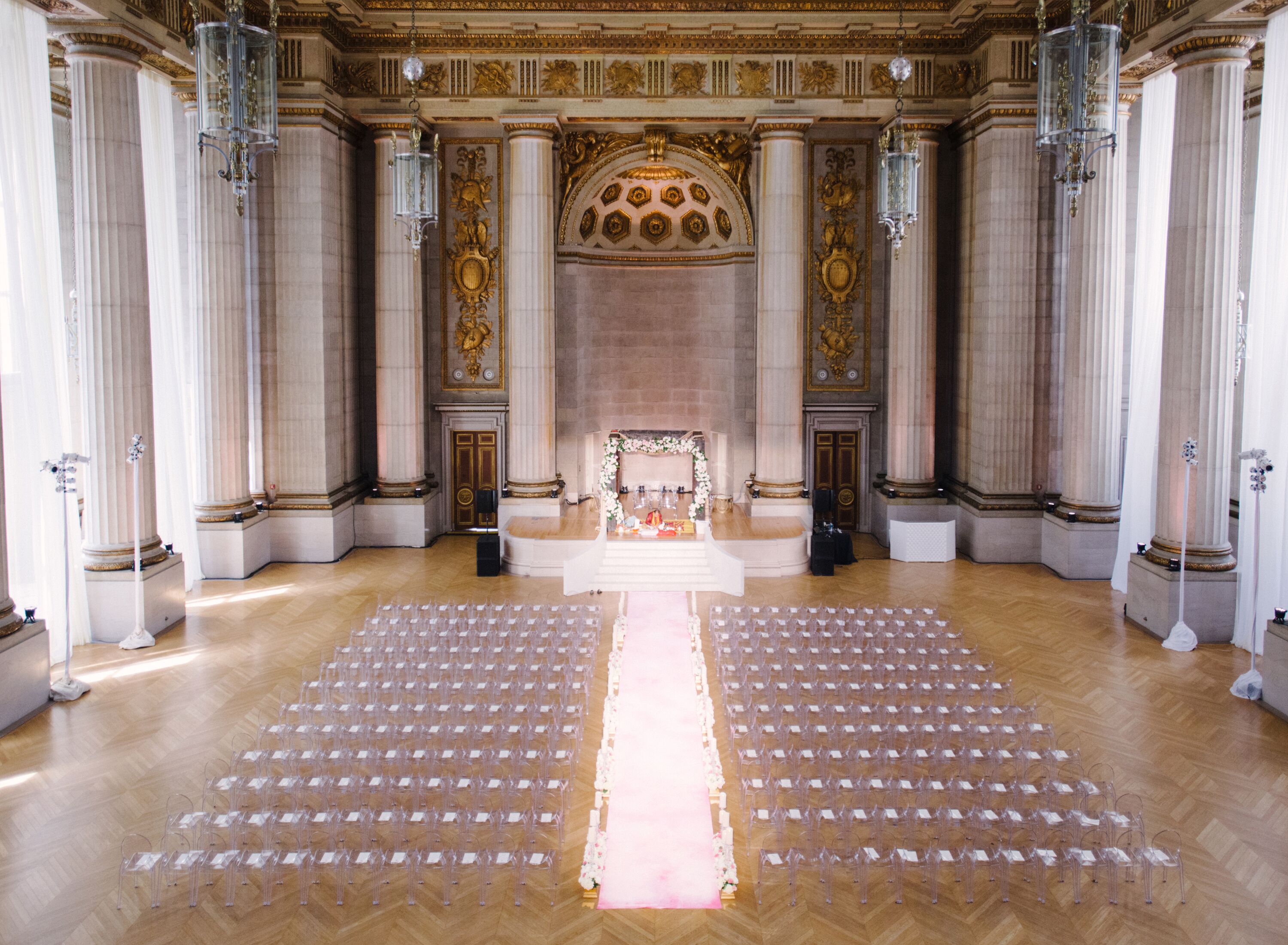Historical Significance of Mellon Auditorium

Mellon Auditorium, a neoclassical masterpiece in the heart of Washington, D.C., stands as a testament to the city’s architectural heritage and its enduring cultural legacy. The auditorium, named after philanthropist Andrew W. Mellon, has witnessed pivotal moments in American history and has played a central role in shaping the nation’s cultural landscape.
Architectural Significance
Designed by renowned architect John Russell Pope, Mellon Auditorium opened its doors in 1931. Its grand facade, adorned with Corinthian columns and intricate carvings, reflects the Beaux-Arts style prevalent in early 20th-century American architecture. The auditorium’s interior is equally impressive, featuring a soaring dome, marble-clad walls, and intricate mosaics.
mellon auditorium was dedicated in 1931 as a memorial to Andrew W. Mellon, the U.S. Secretary of the Treasury under Presidents Harding, Coolidge, and Hoover. The auditorium is located on Constitution Avenue NW, between 10th and 12th Streets, in Washington, D.C.
It is a popular venue for concerts, lectures, and other events. The auditorium is also home to the National Symphony Orchestra. The mellon auditorium is a beautiful and historic building that is well worth a visit.
Role in Cultural Landscape
From its inception, Mellon Auditorium has been a hub for cultural events and performances. It has hosted prestigious concerts, lectures, and exhibitions, featuring renowned artists, intellectuals, and world leaders. The auditorium has also served as a venue for important political gatherings, including the Republican National Convention in 1932.
Notable Events
- In 1933, President Franklin D. Roosevelt delivered his first fireside chat from Mellon Auditorium.
- In 1945, the United Nations Charter was signed in the auditorium.
- In 1961, President John F. Kennedy gave his inaugural address at Mellon Auditorium.
- In 1974, the Watergate hearings were held in the auditorium.
These events, among many others, have cemented Mellon Auditorium’s place in American history and culture. It remains an iconic landmark in Washington, D.C., and continues to host a diverse range of events, preserving its legacy as a center for cultural exchange and civic discourse.
Mellon Auditorium is set to host a rally featuring the latest joe biden news. It’s an event that’s sure to draw a large crowd, as Biden is one of the most popular politicians in the country. The auditorium is a beautiful space, with a rich history.
It’s been the site of many important events over the years, and it’s sure to provide a fitting backdrop for this latest rally.
Architectural Features and Design: Mellon Auditorium
Mellon Auditorium stands as a testament to the architectural brilliance of its time, showcasing a harmonious blend of classical grandeur and modern innovation. Its imposing facade, intricate interior, and state-of-the-art acoustics have made it an architectural icon.
The design process involved a close collaboration between renowned architects and artists. John Russell Pope, the architect behind the Jefferson Memorial and the National Gallery of Art, designed the building’s exterior. His vision was to create a structure that reflected the dignity and importance of the institution it housed.
Grand Facade
The facade of Mellon Auditorium is a masterpiece of classical architecture. Its symmetrical design features a central portico supported by six towering Corinthian columns. The pediment above the portico is adorned with intricate sculptures depicting scenes from the arts and sciences.
Intricate Interior
The interior of Mellon Auditorium is equally impressive. The main auditorium is a vast, domed space with a seating capacity of over 1,000. The walls are lined with marble and decorated with elaborate plasterwork. The ceiling features a stunning mural by artist Ezra Winter, depicting the history of science and technology.
State-of-the-Art Acoustics
Mellon Auditorium was designed with state-of-the-art acoustics. The auditorium’s shape and the use of sound-absorbing materials ensure that every seat offers excellent sound quality. This has made the auditorium a popular venue for concerts, lectures, and other events.
Current Uses and Events

Mellon Auditorium continues to be a vibrant hub for cultural and civic events in Washington, D.C. Its grand hall hosts a diverse range of gatherings, including conferences, performances, and special events.
The auditorium’s flexible design and state-of-the-art facilities make it an ideal venue for large-scale conferences. Its capacity of over 1,000 attendees allows for the hosting of major industry gatherings, academic symposia, and international summits.
Performances, Mellon auditorium
Mellon Auditorium is also a renowned performance space, showcasing a wide variety of artistic disciplines. The stage has welcomed renowned orchestras, dance companies, and theater productions. Its excellent acoustics and intimate atmosphere provide an immersive experience for both performers and audiences.
Special Events
Beyond conferences and performances, Mellon Auditorium serves as a prestigious venue for special events. It has hosted high-profile award ceremonies, charity galas, and corporate functions. The auditorium’s elegant ambiance and historical significance create a memorable backdrop for these special occasions.
Impact on the Community
Mellon Auditorium plays a vital role in the cultural landscape of Washington, D.C. Its diverse programming brings together individuals from all walks of life, fostering a sense of community and enriching the city’s cultural fabric.
